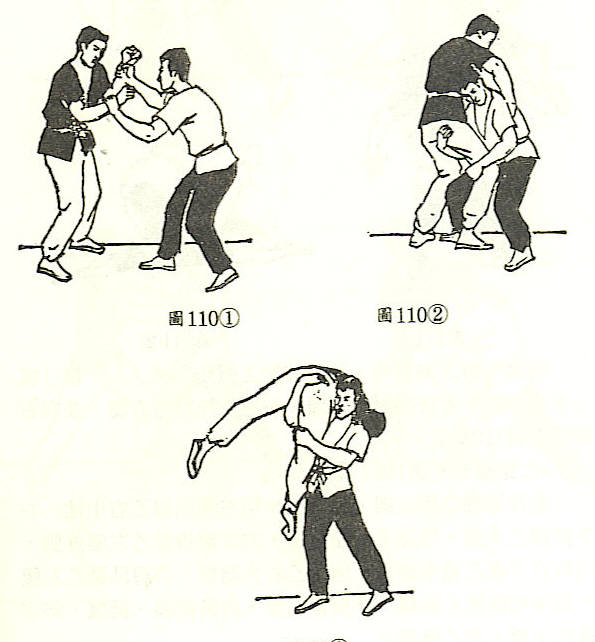The approach will always be a bit different for striking versus grappling (with mixed approach drawing on both). In striking, I really don't want them entering into my space - I fare much better when I enter into theirs...though I do best when I catch them starting to enter and close all the distance by borrowing some of their entry movement.So far with what I have been taught, momentum goes forward, and keeps going. Block/parry and strike in quick succession. We don't actually use momentum in that way you have said. The trick for us not too allow it the first place. If we are in a position where the encounter needs to redressed, we go back and offer up ground to preposition and go again. Yes deflect and get them past, but would still be expected to quickly finish it by gaining more momentum tactically wise. We practice just going in mainly, but isn't at the detriment of our defence. Gan Sao for example would like delivering a sword cut to the arm. Hopefully I have explained it well enough.
From what I understand in most cases WC is more direct, and aiki arts are more circumspect, even when we strike. Of course, there are exceptions in both cases.

